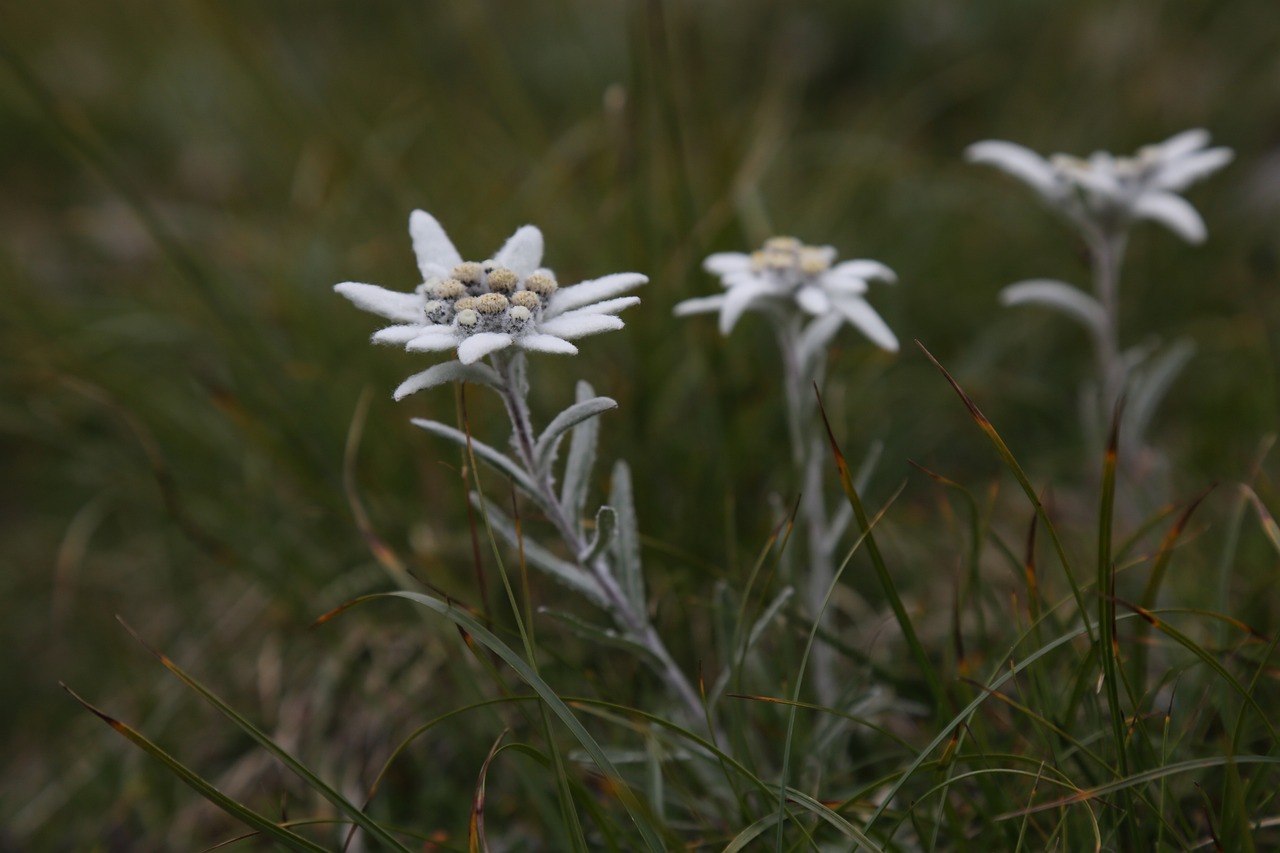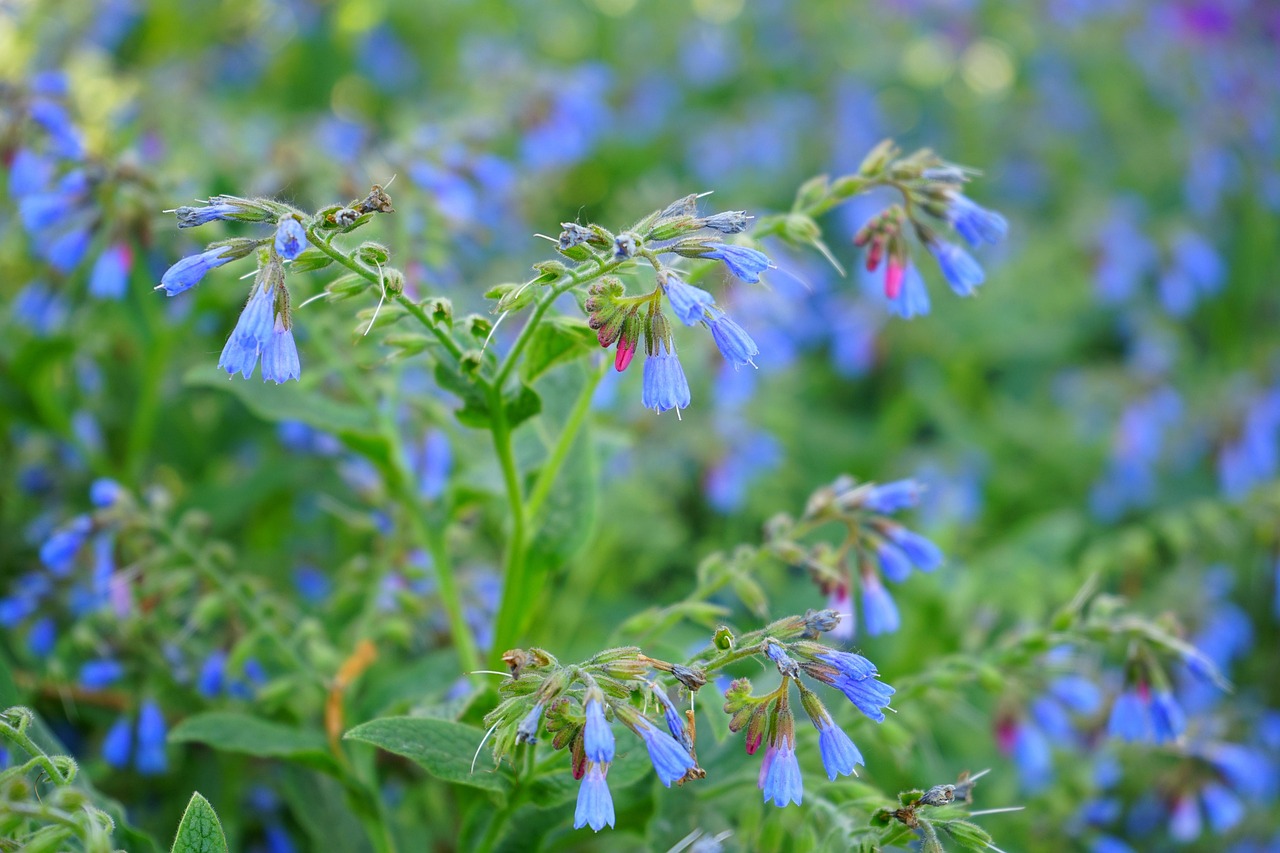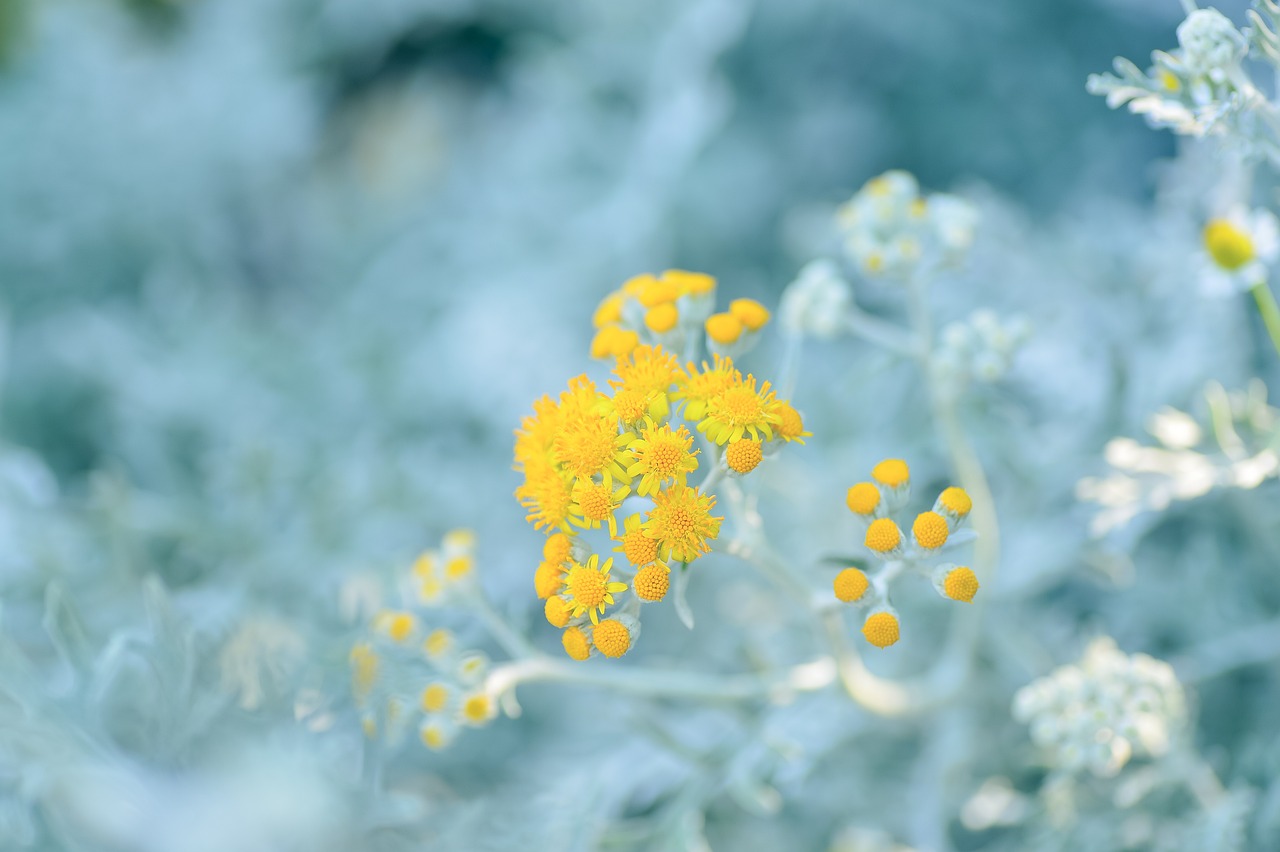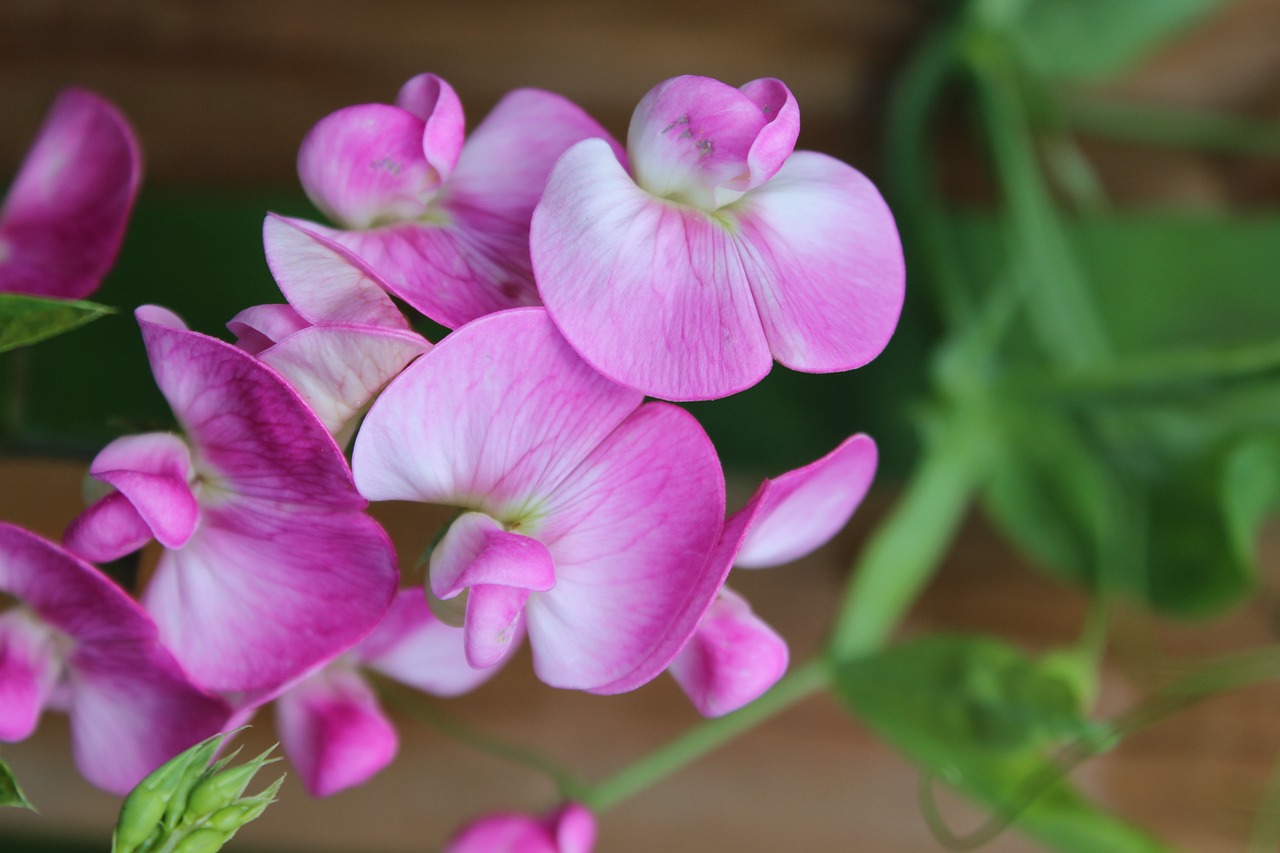Soldanella alpina | A Delicate Flower Blooming in the Northern Mountains
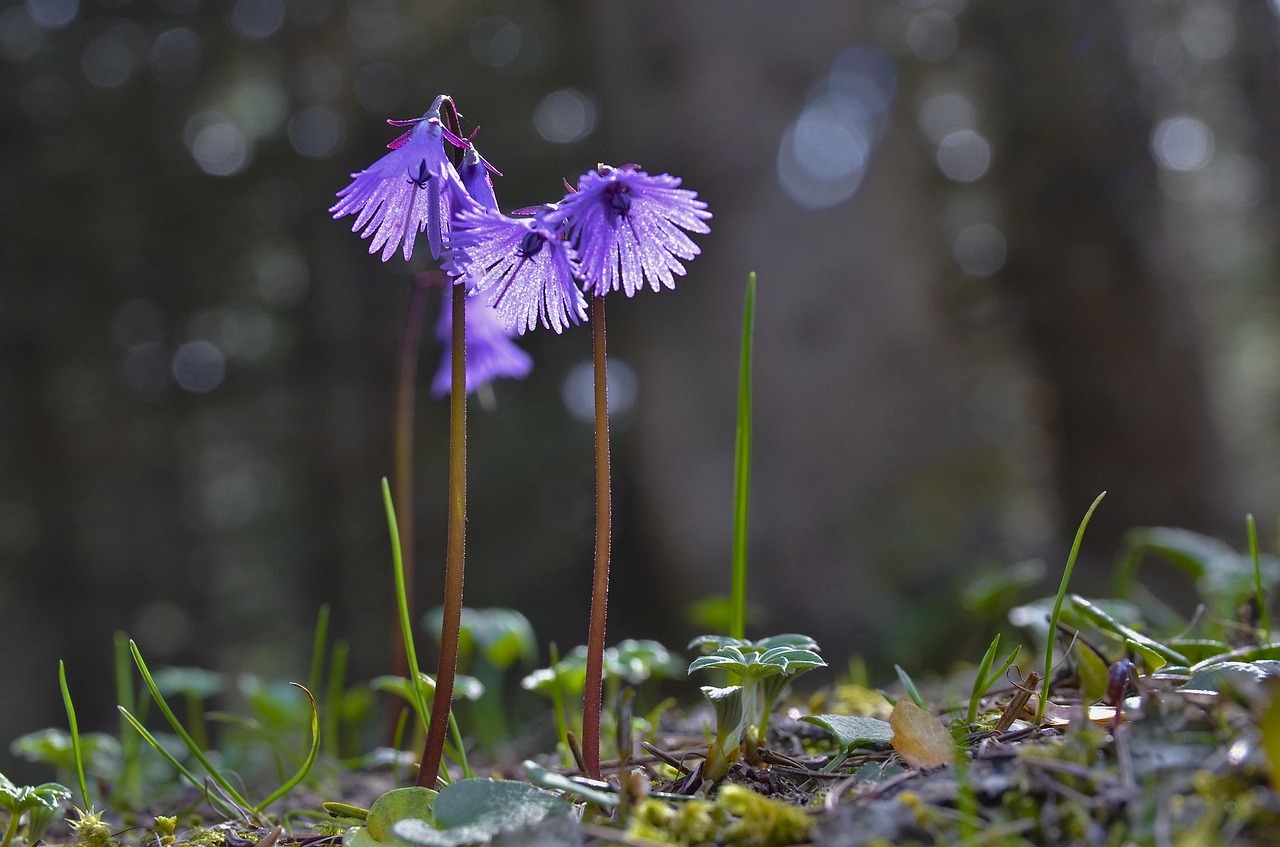
Soldanella alpina is a perennial plant with delicate flowers that grows naturally in alpine regions such as the Alps. Its small bell-shaped blossoms and uniquely fringed petals embody the characteristic beauty of alpine flora.
In this article, I will provide detailed information about Soldanella alpina, including its basic features, cultural and historical background, and essential tips for cultivation.
Basic Information
- Scientific name: Soldanella alpina
- Family: Primulaceae
- Origin: Alpine regions of Europe (Alps, Carpathians, etc.)
- Appearance: This small plant grows to a height of about 5–15 cm. From heart-shaped basal leaves, slender stems rise to bear bell-shaped flowers ranging in color from purple to blue. The finely fringed edges of the petals create a lace-like impression.
- Flowering season: May to July
Cultural Significance Around the World
In Europe’s mountain regions, Soldanella alpina is sometimes referred to as the “Bells of the Alps.”
In the Alpine areas, it is regarded as a representative alpine plant and has become a symbolic flower in nature conservation activities and eco-tourism.
In Switzerland and Austria, this flower is cherished by mountaineers as a “gift from the mountain spirits” and is often used in traditional ornaments and designs.
In France, it is appreciated as a popular species in alpine botanical gardens.
Historical Background
Soldanella alpina began to attract attention during the boom in Alpine mountaineering in the 19th century.
At that time, botanists studied it as an example of evolutionary adaptation to high-altitude environments.
During the Victorian era in Europe, collecting alpine plants became a fashionable trend, and Soldanella alpina was highly valued among botanists and gardeners for its beauty and rarity.
It also appeared as a motif in paintings and postcards depicting alpine landscapes, becoming widely recognized as a symbol of the Alps.
Gardening Advice
As an alpine plant, Soldanella alpina requires careful attention in cultivation due to its preference for delicate environments. Here are the main points:
Sunlight
Prefers partial to bright shade. Avoid direct sunlight and maintain a cool environment.
Watering
Keep the soil moderately moist to prevent it from drying out completely. However, ensure good drainage to avoid root rot.
Soil
Thrives in well-drained, slightly acidic soil. A mix of sandy soil and leaf mold works well.
Fertilizer
A light application is sufficient. Apply a diluted liquid fertilizer once a month from spring to summer.
Overwintering
Highly cold-resistant, but for potted plants, place them in a sheltered spot to avoid harsh winter winds.
Planting
For potted cultivation, use a shallow container to stabilize root growth. Repotting is recommended in spring.
Conclusion
Soldanella alpina is a beautiful perennial that has adapted to the delicate environment of alpine regions.
Its bell-shaped blossoms resemble a natural work of art, and in Europe’s mountainous areas, it holds cultural and symbolic significance.
By providing a cool environment and proper care, I can enjoy its beauty in my own garden or as a potted plant.


